Isolate High-Quality Nucleic Acids from Challenging Samples
The Ionic system uses isotachophoresis (ITP) to isolate, purify, and concentrate genomic DNA and RNA from cells, tissue, and FFPE samples with Ionic G2 chemistry. DNA and RNA samples prepared by the system require just a few minutes of hands-on time per sample.
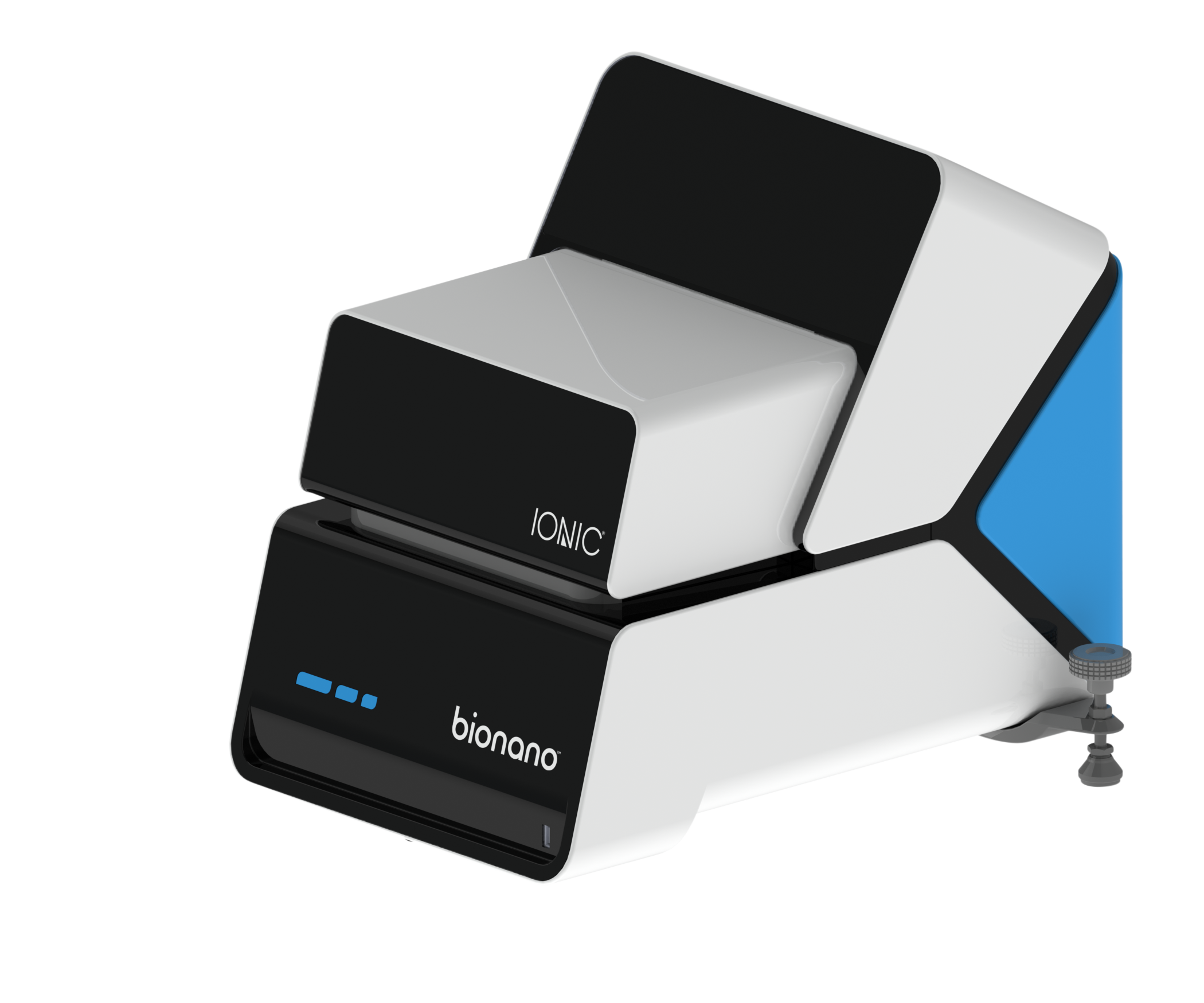
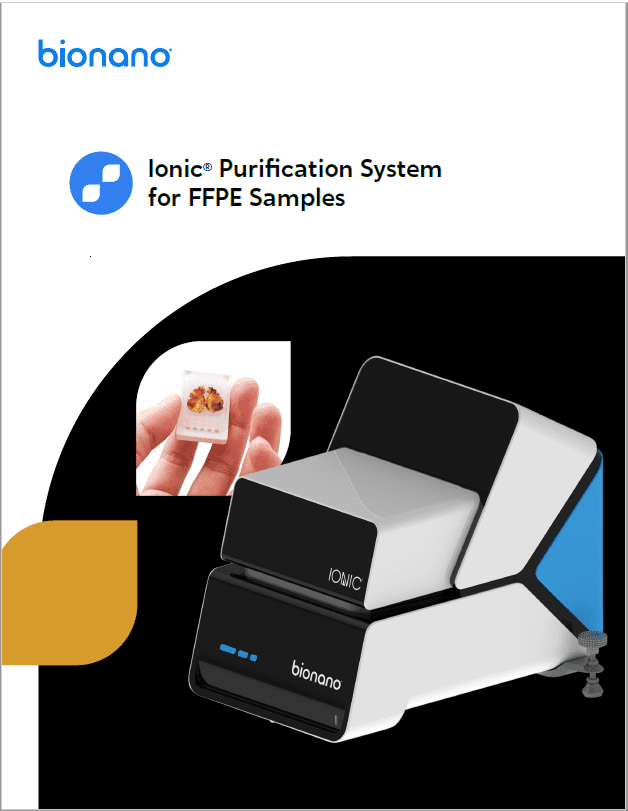
Ionic System Brochure
Explore the brochure to get an overview of the system, range of applications, workflow, data, and more.
DownloadSimplify Your Nucleic Acid Purification Using the Fully Automated Workflow
The Ionic system outperforms most nucleic acid extraction and purification methods:
- Higher nucleic acid yields: No sample loss associated with binding nucleic acids to, or stripping from, fixed surfaces
- Simple, automated workflows: No columns or beads and no repetitive washing
- Reduced nucleic acid fragmentation: No harsh high-salt buffers or organic solvents
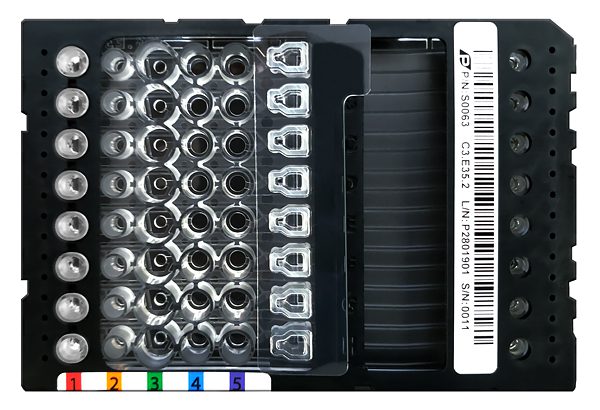
Next Generation Sample Preparation System with the Easy-to-use Ionic System Chip
By applying an electric field across the length of the Ionic Chip microchannels, the Ionic system separates and concentrates nucleic acid between buffers with higher and lower mobilities. Impurities fall behind the low mobility buffer and are separated from target nucleic acids. As target nucleic acids pass through the channel, an integrated sensor stops the current once nucleic acids reach the extraction well.
The workflow requires no binding, stripping, or washing from fixed surfaces for higher yields, higher quality nucleic acids, and ultimately, better data for your research.
- No organic solvents
- No harsh, high-salt buffers
- No system programming
- No beads or repetitive washing
- No pumps, valves, or other moving parts
A Superior Approach to Column-Based Purification
Isotachophoresis (ITP) separates and concentrates charged molecules in solution solely based on their electrophoretic mobility. Biological samples are gently lysed and added to the Ionic Fluidic Chip. An electric field is then applied to the chip and the nucleic acid is isolated in its natural, native form. The nucleic acid is not denatured or dehydrated, and there’s no binding to, or stripping from, fixed surfaces. The result is a higher yield of pure nucleic acid that is less fragmented and free from bead or wash buffer contamination.

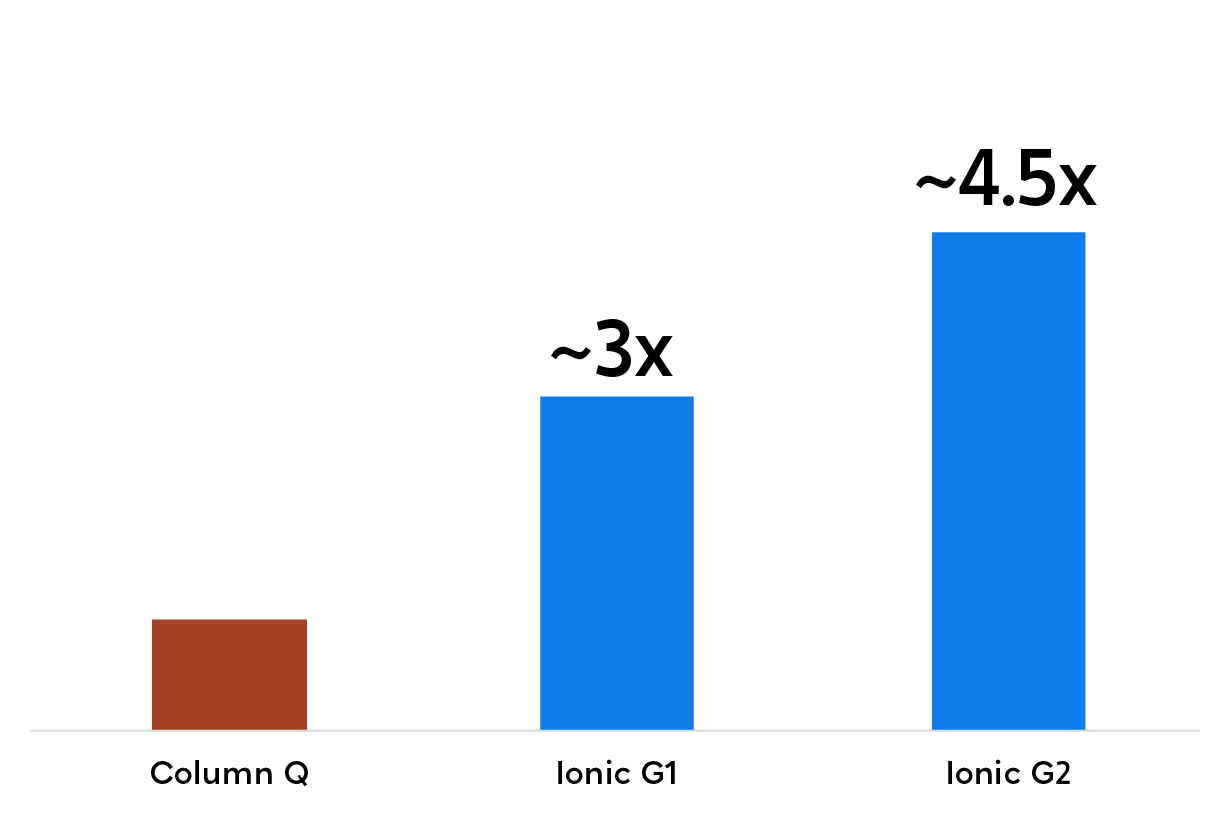
Superior Nucleic Acid Recoveries from Cells and FFPE Samples
Extract Up to 4.5x More Nucleic Acid with Ionic G2
A vast majority of clinical samples used in oncology research are stored as FFPE tissues, which often contain degraded or fragmented nucleic acid. Conventional extraction methods are labor intensive and can further damage nucleic acid during the extraction and purification process.
The Ionic system simplifies and accelerates nucleic acid purification, resulting in higher yields of higher quality DNA.
Simple, Automated Workflow Minimizes Hands-on Time and Reduces Errors
A simplified workflow minimizes opportunities for material loss and errors. The FFPE protocols greatly simplify the processing to 3 minutes per sample and enables working directly from scrolls.
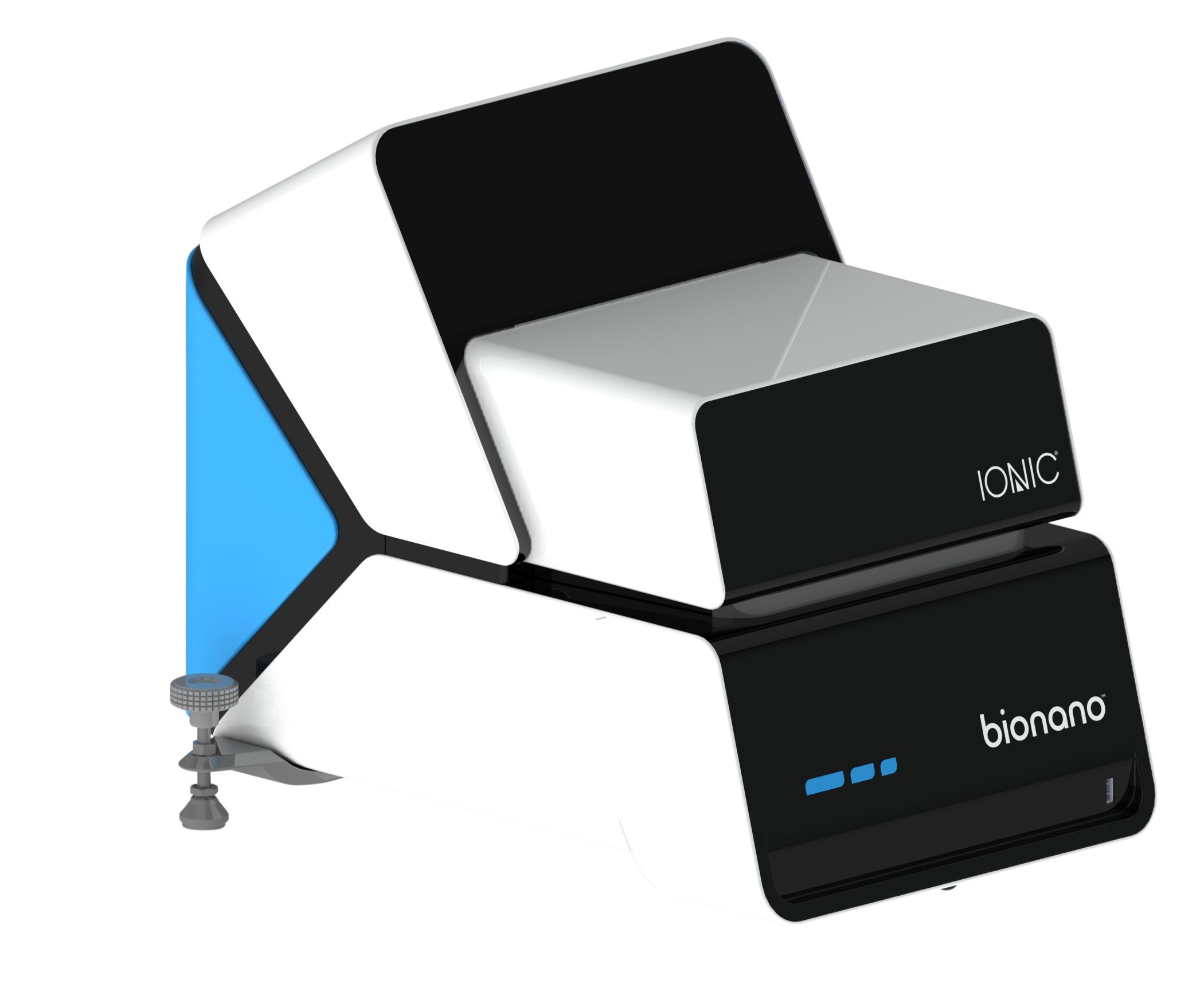
Nucleic Acid Purification Workflow Comparison
The Isotachophoresis workflow consolidates and eliminates multiple steps compared to column-based or bead-based methods.
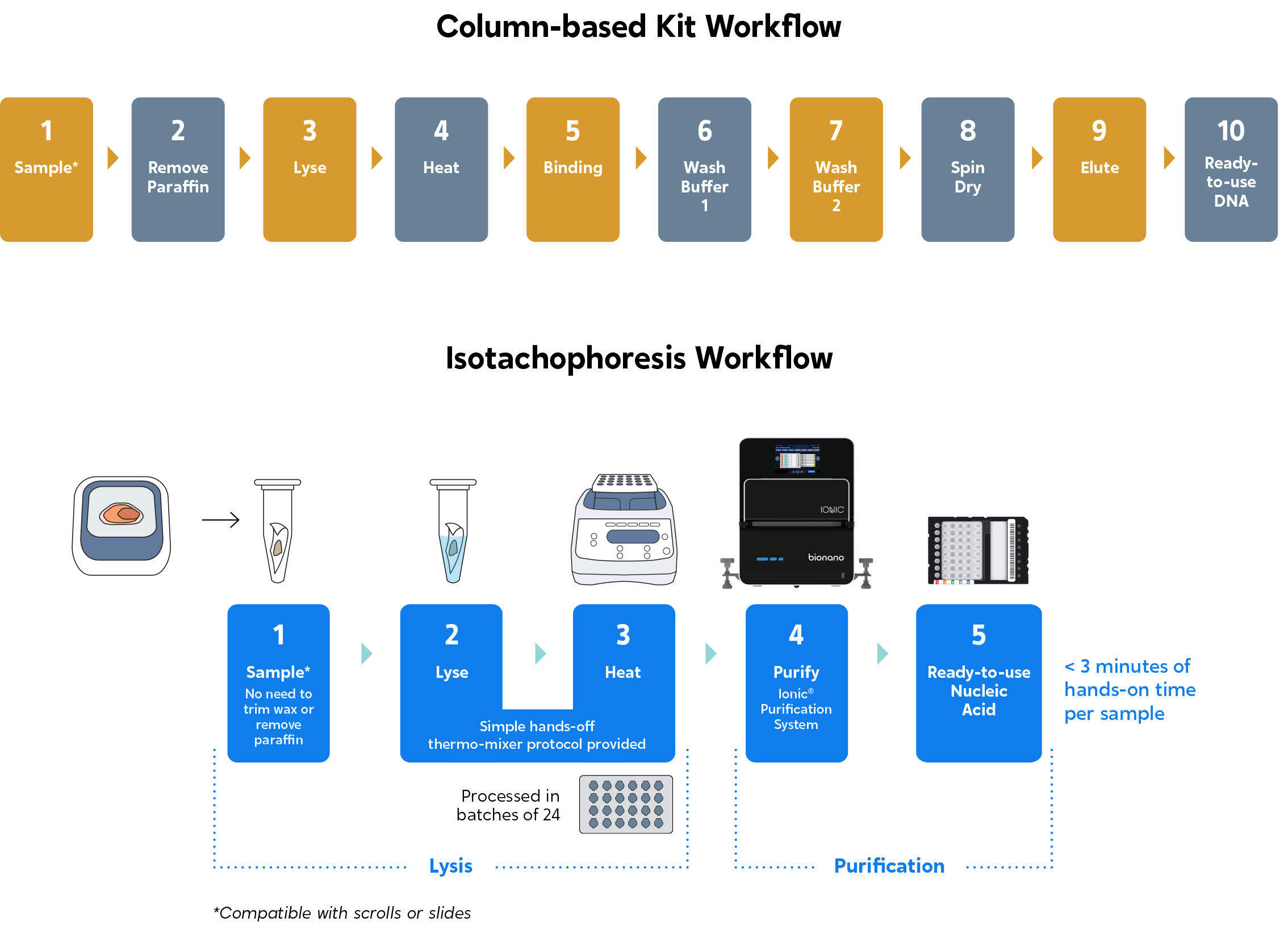
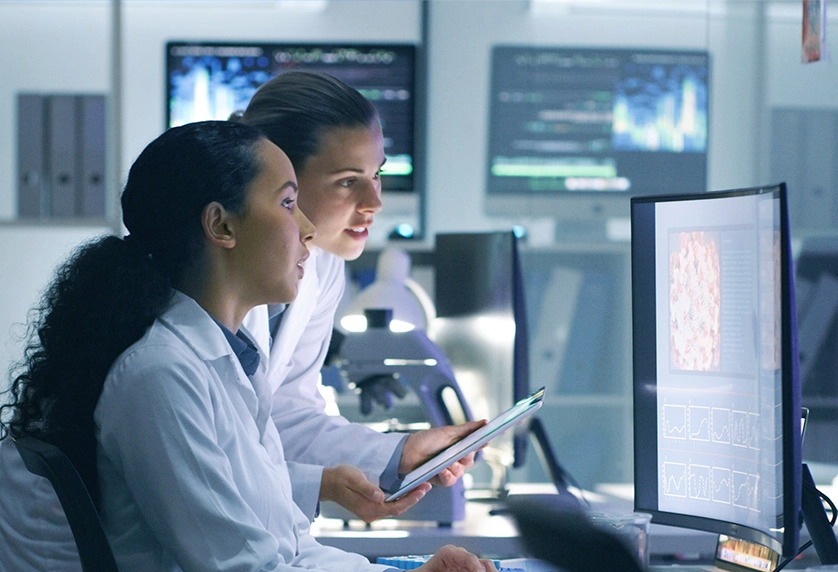
Interested in a demo? Learn more about our POP program
Bionano POP programHear What Some of our Customers Say About Using the Ionic Purification System in Their Research
Downloads and Resources
Explore all the benefits of the Ionic system
Improve nucleic acid purification from FFPE samples
Increase DNA yield using the Ionic system

Speak to an expert to learn more about the Ionic nucleic acid purification system.
Talk to a Specialist